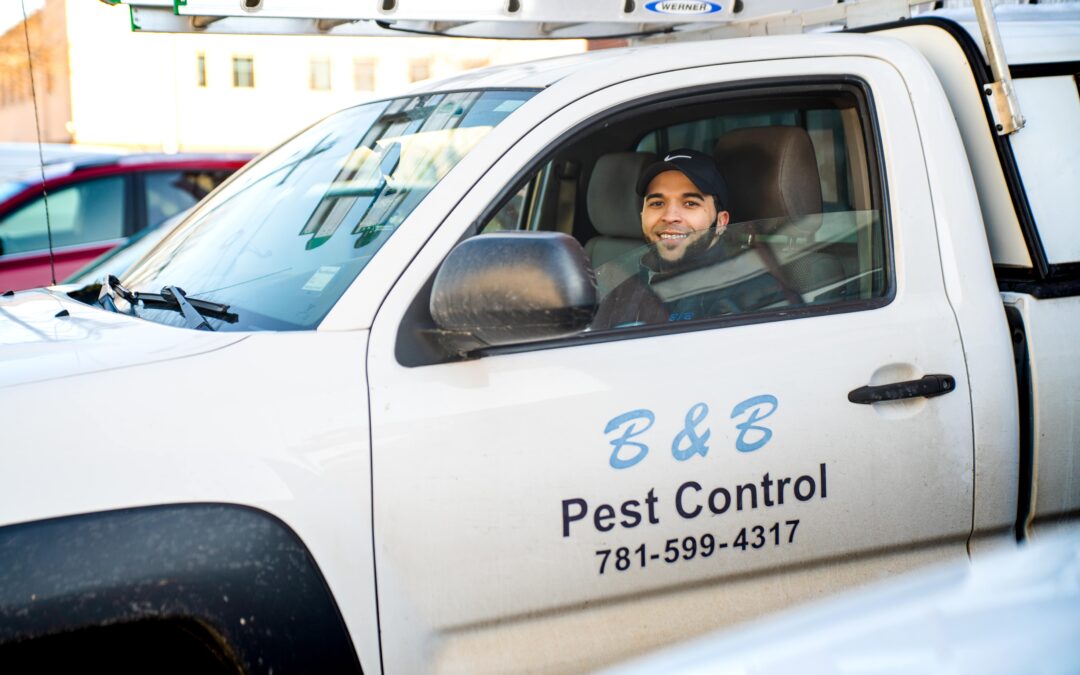With the exception of certain caterpillars, all insects that are capable of inflicting venomous stings to humans belong to the order Hymenoptera. This order is composed of an estimated 150,000 species of ants, bees and wasps, and only a very small minority of these species are dangerous to humans. In the US, few ant species pose an evenomation threat to humans, and the majority of medically significant venomous insect attacks are perpetrated by wasps and bees on residential properties. The most well known stinging ant species are red and black imported fire ants and native fire ants, but their US habitat is limited to the southern states. The non-native European fire ant (Myrica rubra) is the only ant species found in Massachusetts that is capable of inflicting potentially harmful stings to humans. This species is a fairly common indoor pest in Massachusetts, but they rarely sting humans. The same cannot be said of many wasp species that nest on residential and commercial properties in Massachusetts, particularly yellow jacket species. In fact, only three years ago, a Foxborough man died from numerous venomous stings after the leaf blower he was using in his backyard disturbed ground-nesting yellow jackets.
The vast majority of people experience local pain and redness in response to Hymenoptera stings, but a small number of individuals experience severe allergic reactions to venom including potentially fatal cases of anaphylaxis. Between 2000 and 2017, an average of 62 people in the US died each year from Hymenoptera envenomation incidents, and cases are increasing, as 89 envenomation deaths were reported in 2017 alone. Most of these deaths are caused by yellow jackets, followed by paper wasps and honey bees, most notably Africanized honey bees (AKA killer bees), which can only be found in the south. While these deaths are certainly tragic, some people are surprised that the Centers for Disease Control and Prevention consider yellow jackets and many other Hymenoptera insects to be a serious public health threat. However, it should be kept in mind that one quarter of all reported incidents of anaphylactic shock are caused by Hymenoptera envenomation. Since most Hymenoptera envenomation incidents occur on residential properties, homeowners should always have active wasp nests professionally removed when they are found in high traffic areas. This includes wasp nests attached to door frames, shrubs, wall voids, attics, decks, garages, and nests located in 5 to 8 inch deep ground burrows in yards.
Have you ever disturbed an active wasp nest on your property?

